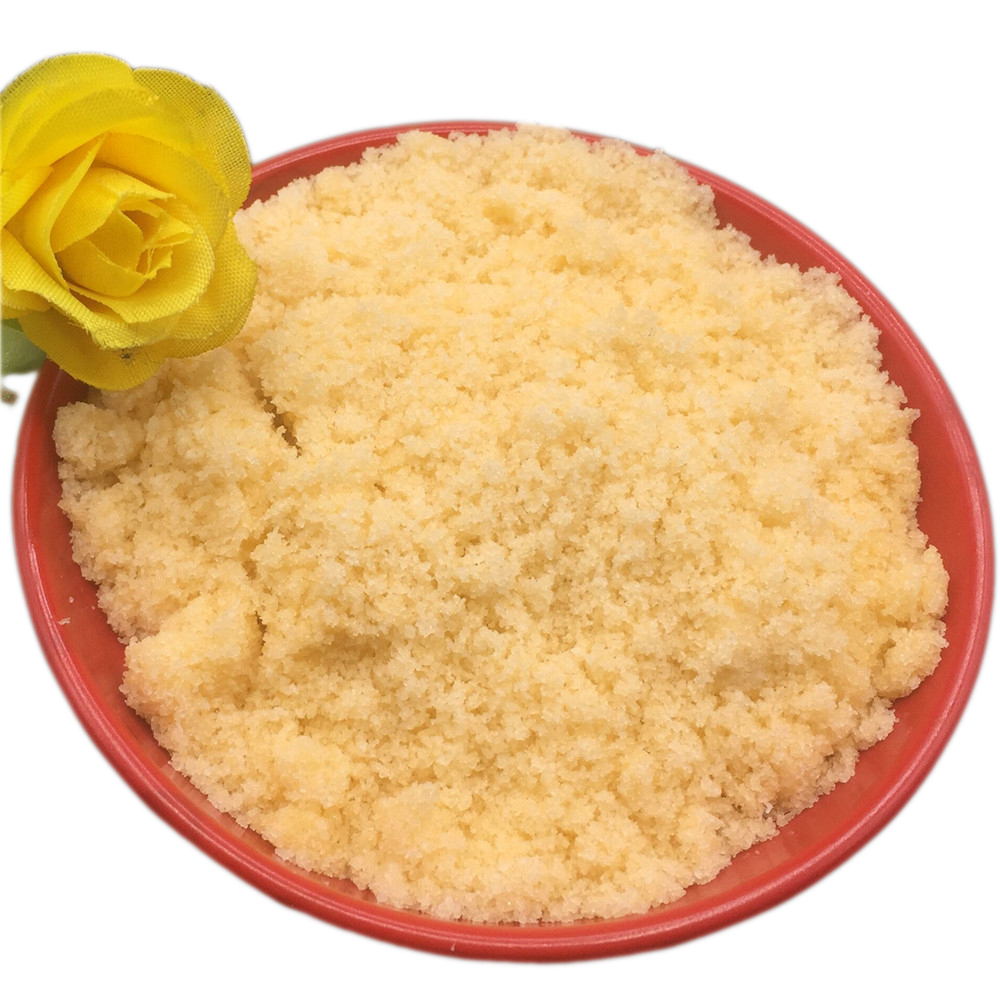
Aug . 01, 2024 06:41 Back to list
Current Market Trends and Prices for Ammonium Phosphate Sulphate Fertilizer in Agriculture
Ammonium Phosphate Sulphate Fertilizer Understanding the Pricing Trends
As the global agricultural landscape evolves, the need for effective fertilizers has become increasingly critical. Among the myriad of fertilizers available in the market, ammonium phosphate sulphate (APS) is gaining attention due to its unique nutrient profile and efficacy. Understanding the pricing trends of this fertilizer is essential for farmers, agronomists, and agricultural businesses alike to make informed decisions.
Ammonium phosphate sulphate fertilizer is a compound fertilizer that provides three essential nutrients nitrogen (N), phosphorus (P), and sulfur (S). Nitrogen is vital for plant growth, phosphorus is crucial for root development and flowering, and sulfur plays a significant role in protein synthesis. This balanced nutrient delivery system makes APS a preferred choice for various crops, particularly in areas with sulfur-deficient soils.
One of the primary factors influencing the price of ammonium phosphate sulphate fertilizers is the cost of raw materials. The production of APS involves the reaction of ammonia, phosphoric acid, and sulfuric acid. Fluctuations in the prices of these raw materials—largely driven by market demand, geopolitical tensions, and environmental regulations—can significantly impact the final price of APS. For instance, if the price of natural gas (a key ingredient in ammonia production) rises, the cost of producing ammonium phosphate sulphate will likely follow suit.
Another critical element affecting APS pricing is the supply and demand dynamics in the agricultural sector. In recent years, there has been an increased awareness of sustainable farming practices. As more farmers turn to high-efficiency fertilizers that minimize environmental impact, the demand for APS may continue to rise. This is particularly relevant in regions where traditional fertilizers are facing scrutiny for contributing to soil degradation and water pollution.
ammonium phosphate sulphate fertilizer price

Moreover, the pricing of ammonium phosphate sulphate can vary significantly across different markets and regions. In areas with abundant agricultural production, the demand for fertilizers may lead to competitive pricing as suppliers strive to meet the needs of farmers. Conversely, in regions with less agricultural activity, prices might be higher due to reduced competition or logistics costs related to distributing the product.
The role of government policies and trade agreements cannot be overlooked when discussing fertilizer prices. Subsidies for local farmers or restrictions on fertilizer imports can shift pricing structures dramatically. In recent years, several countries have implemented policies aimed at supporting local agriculture, which can create fluctuations in the availability and price of APS fertilizers in the global market.
Weather events and climate change also play a pivotal role in influencing fertilizer prices. For example, the aftermath of natural disasters can disrupt supply chains, leading to short-term price increases. Additionally, changes in weather patterns may affect crop yields, further altering the demand for fertilizers like APS.
To navigate the complexities of ammonium phosphate sulphate fertilizer pricing, farmers and agricultural businesses must stay informed about market trends, raw material costs, and potential disruptions in the supply chain. Utilizing precision agriculture techniques can also help in optimizing fertilizer use, thereby reducing the dependency on higher-cost products and maximizing crop yields.
In conclusion, the price of ammonium phosphate sulphate fertilizer is determined by a multitude of factors ranging from raw material costs to supply and demand dynamics, regional market conditions, and governmental policies. As the agricultural sector continues to adapt to changing environmental and economic landscapes, stakeholders must remain vigilant and proactive in understanding the implications of these factors on APS profitability. Investing in knowledge and strategic planning will be key to ensuring sustainable agricultural practices and maintaining crop productivity in an ever-changing market.
-
Premium Organic Manure Compost for Eco Gardens
NewsAug.01,2025
-
Organic 10-10-10 Fertilizer | Balanced Plant Nutrients
NewsJul.31,2025
-
Premium Amino Acid Fertilizer | Rapid Plant Growth Booster
NewsJul.31,2025
-
10 10 10 Fertilizer Organic—Balanced NPK for All Plants
NewsJul.30,2025
-
Premium 10 10 10 Fertilizer Organic for Balanced Plant Growth
NewsJul.29,2025
-
Premium 10 10 10 Fertilizer Organic for Balanced Plant Growth
NewsJul.29,2025
